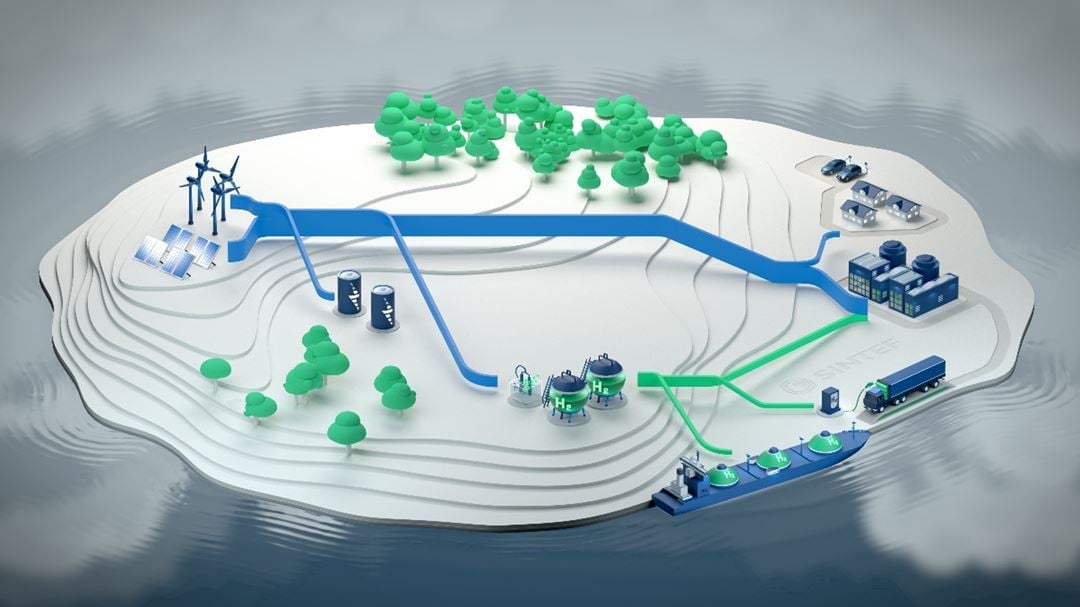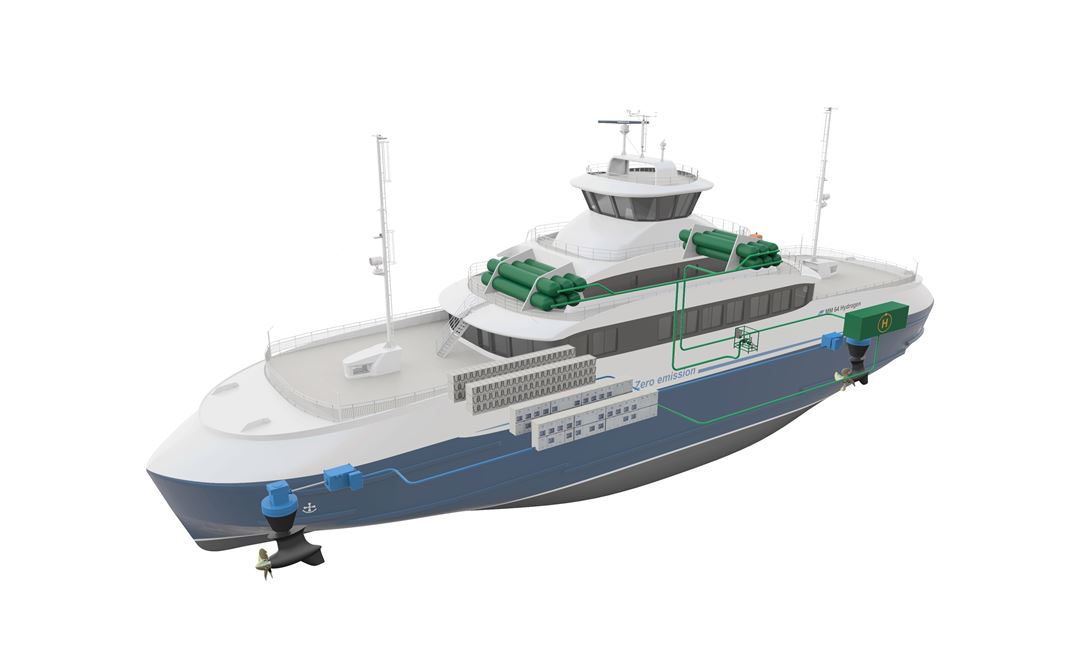Our Energy System Modelling Tools allow us to design optimal energy and power systems, both for stationary and mobile electric applications. The design basis is lowest total cost of ownership over the system or user lifetime. Included model input parameters are for example energy/fuel costs and availability, technology/system CAPEX and OPEX, operating profiles and degradation of components/systems.
The models are based on our in-house fundamental knowledge and experience with the relevant technologies, from basic materials to systems, modelling and techno-economic analysis and optimisation. Our technical expertise on energy systems covers electrolysis, fuel cells and batteries, and in addition we benefit from SINTEF's interdisciplinary competence on other relevant technologies.
The analysis account for the route and operating profile (power/time), timetable, access to grid for battery charging and hydrogen production/fueling, technology specifications and more. Results include the optimal energy/power components' dimensions with respect to battery/fuel cell size, onboard hydrogen storage (if any), required charging/hydrogen infrastructure as well as the requirement to add capacity based on degradation of system or components. The calculations may show that for specific routes/timetables/ferries pure battery systems have the lowest TCO for the operator over a chosen time span. Or, typically for longer routes, the ratio of fuel cells to batteries increases. These results also depend on the grid at cay, as battery sizes are heavily limited by the grid’s capacity to deliver electricity to charge the battery to fit the contracted timetable.

Another example is analysis of stand-alone energy systems, like off-grid renewable energy islands. Reliant on intermittent solar and wind power, these systems must be designed to cover both short- and long-term periods with power deficit. In these scenarios, energy storage like, for example, batteries or electrolysis/hydrogen become relevant. Here we take into account historic/projected solar and wind energy, usage requirements and technical specifications, to design and dimension the whole energy system, including required size of wind and PV parks as well as energy storage. Factors related to other industrial (energy/hydrogen) use (eg ammonia or steel production) and export of hydrogen can also be included.

